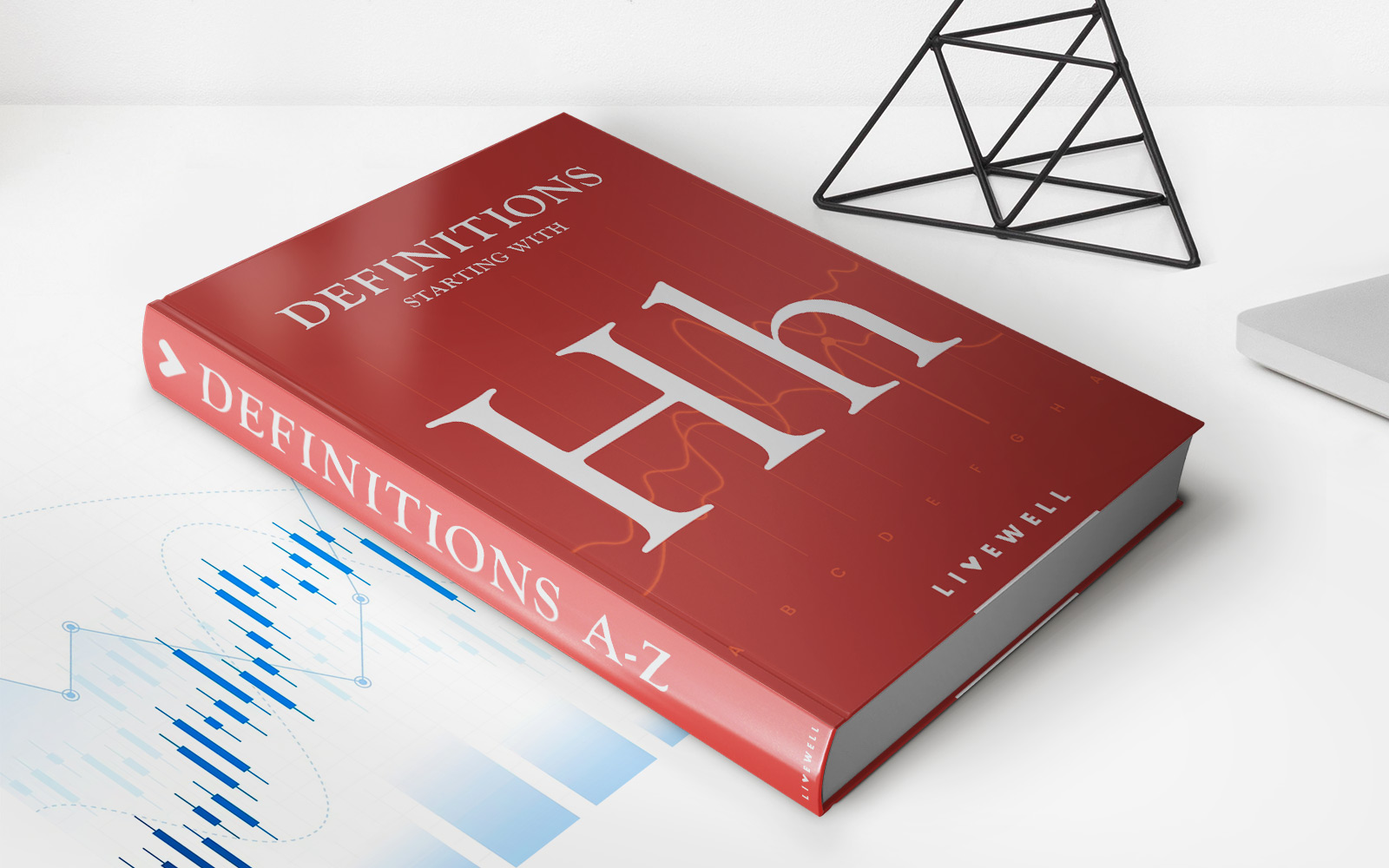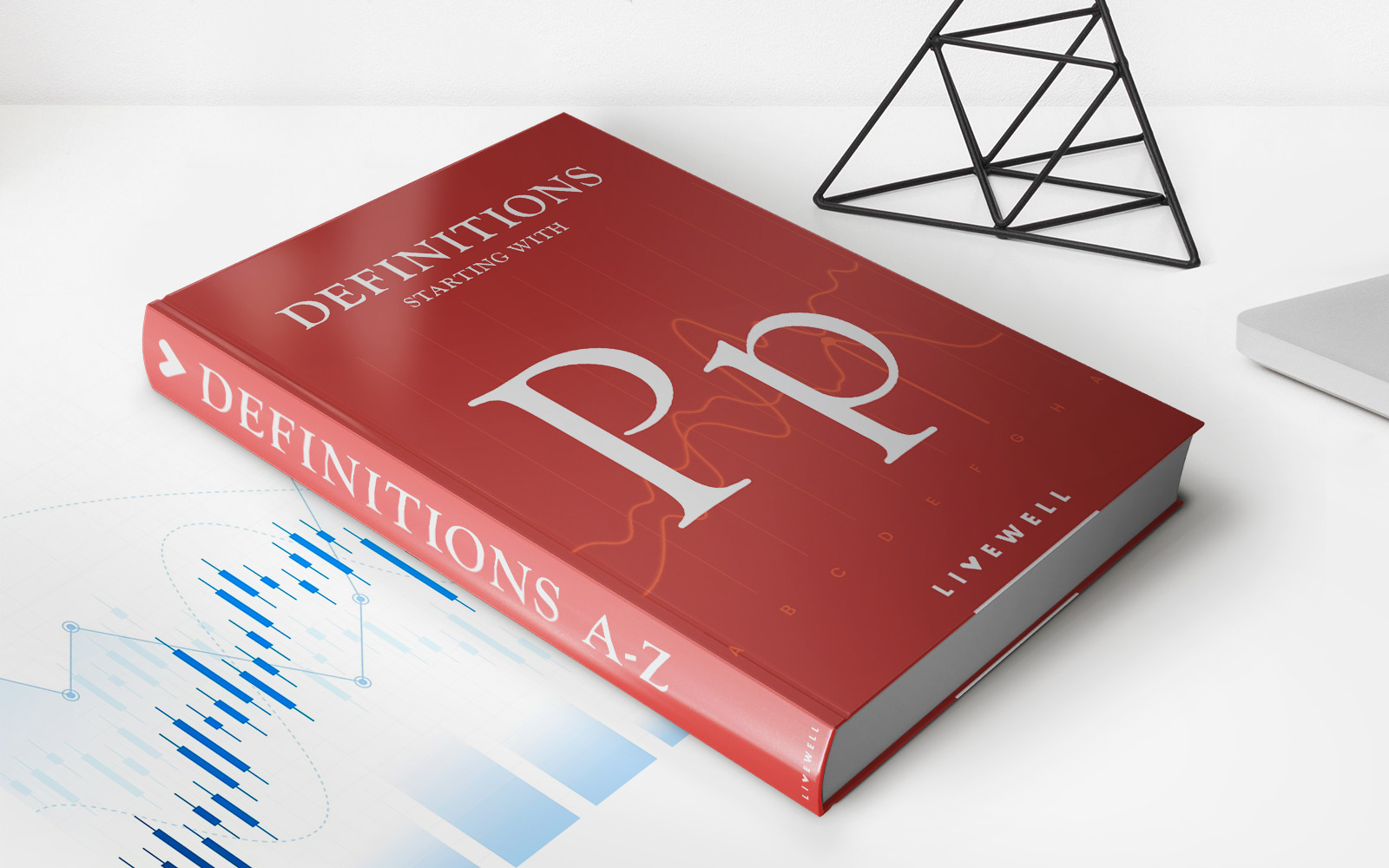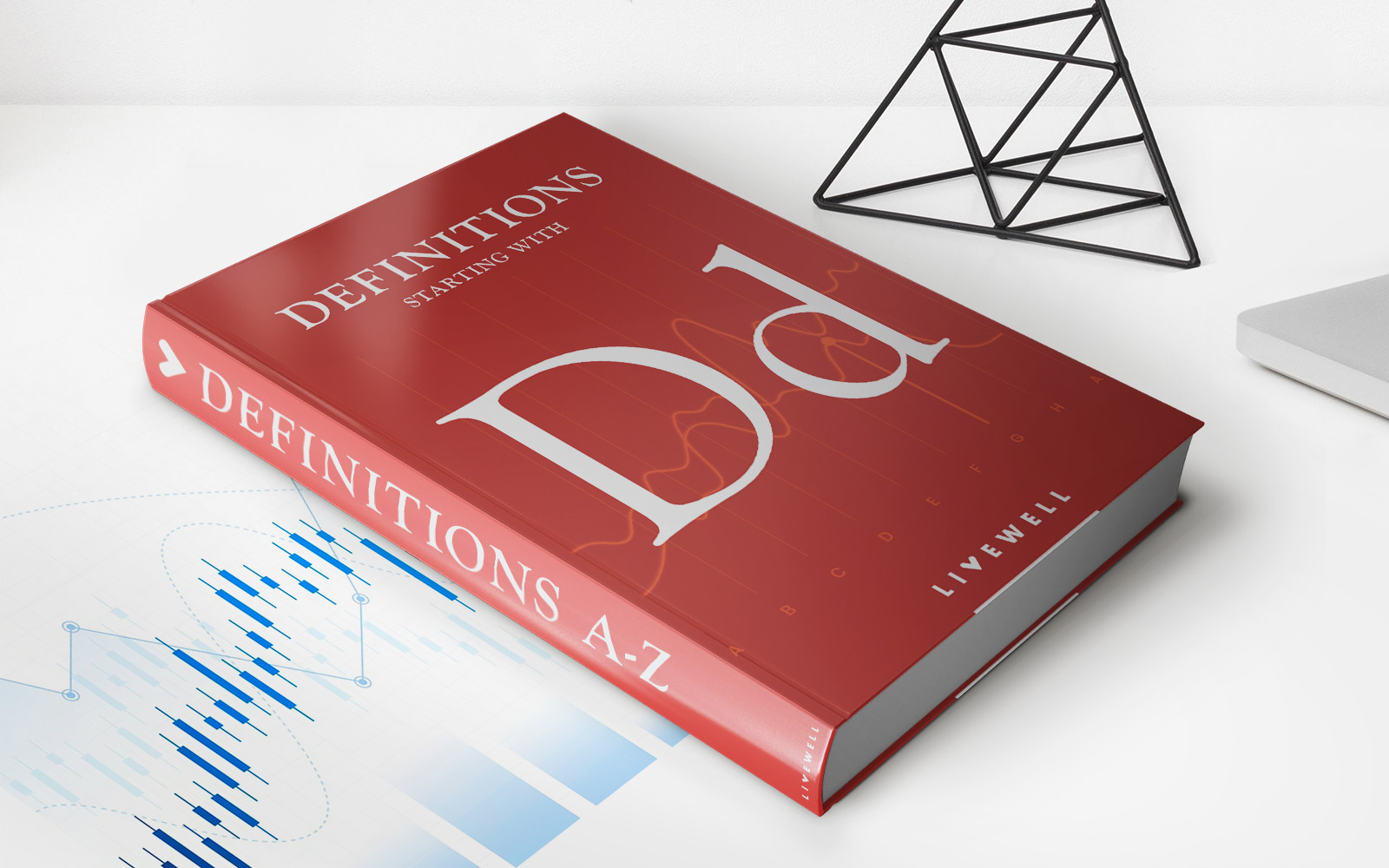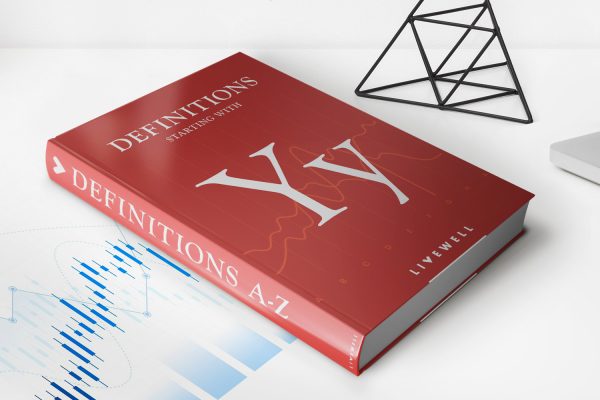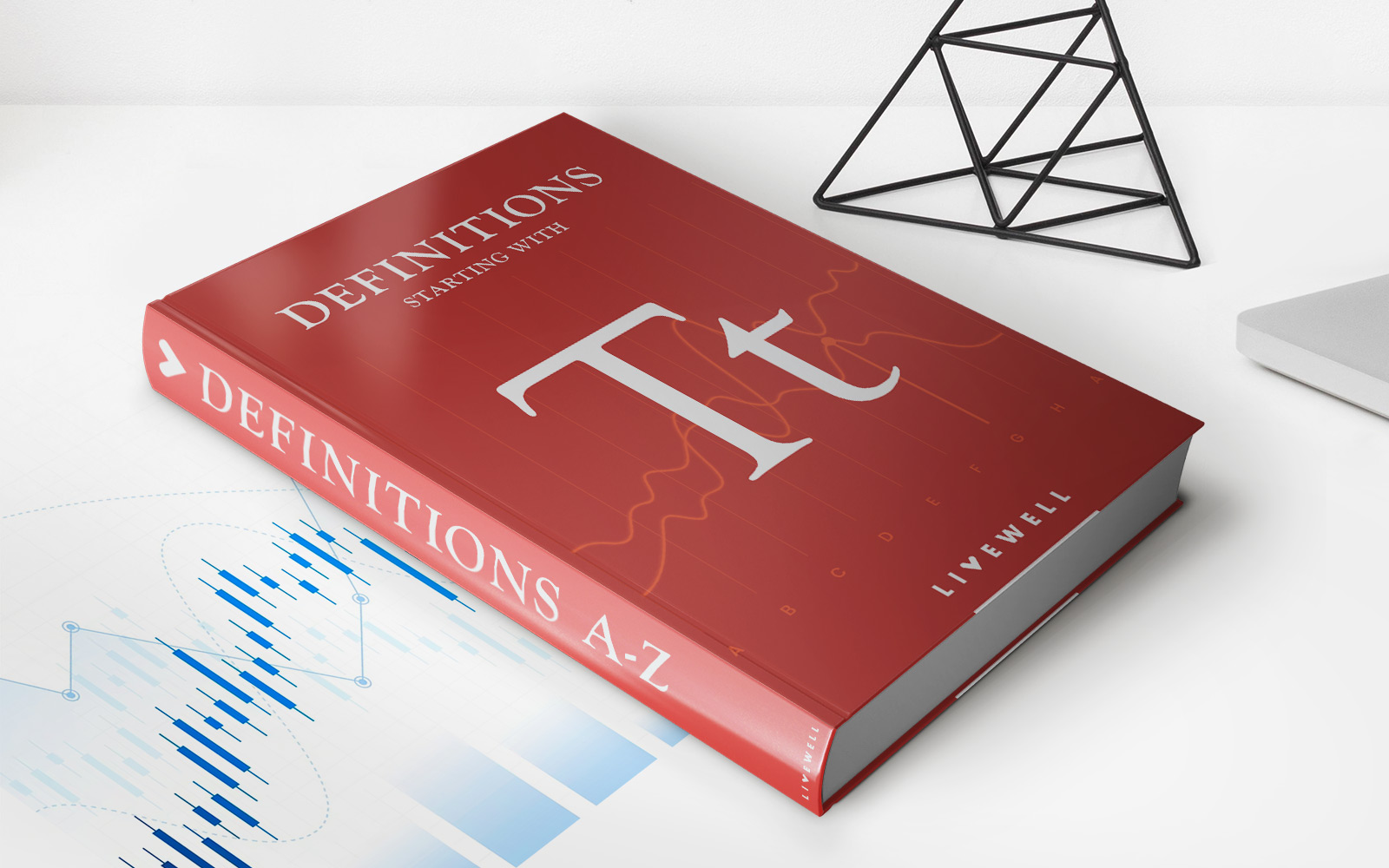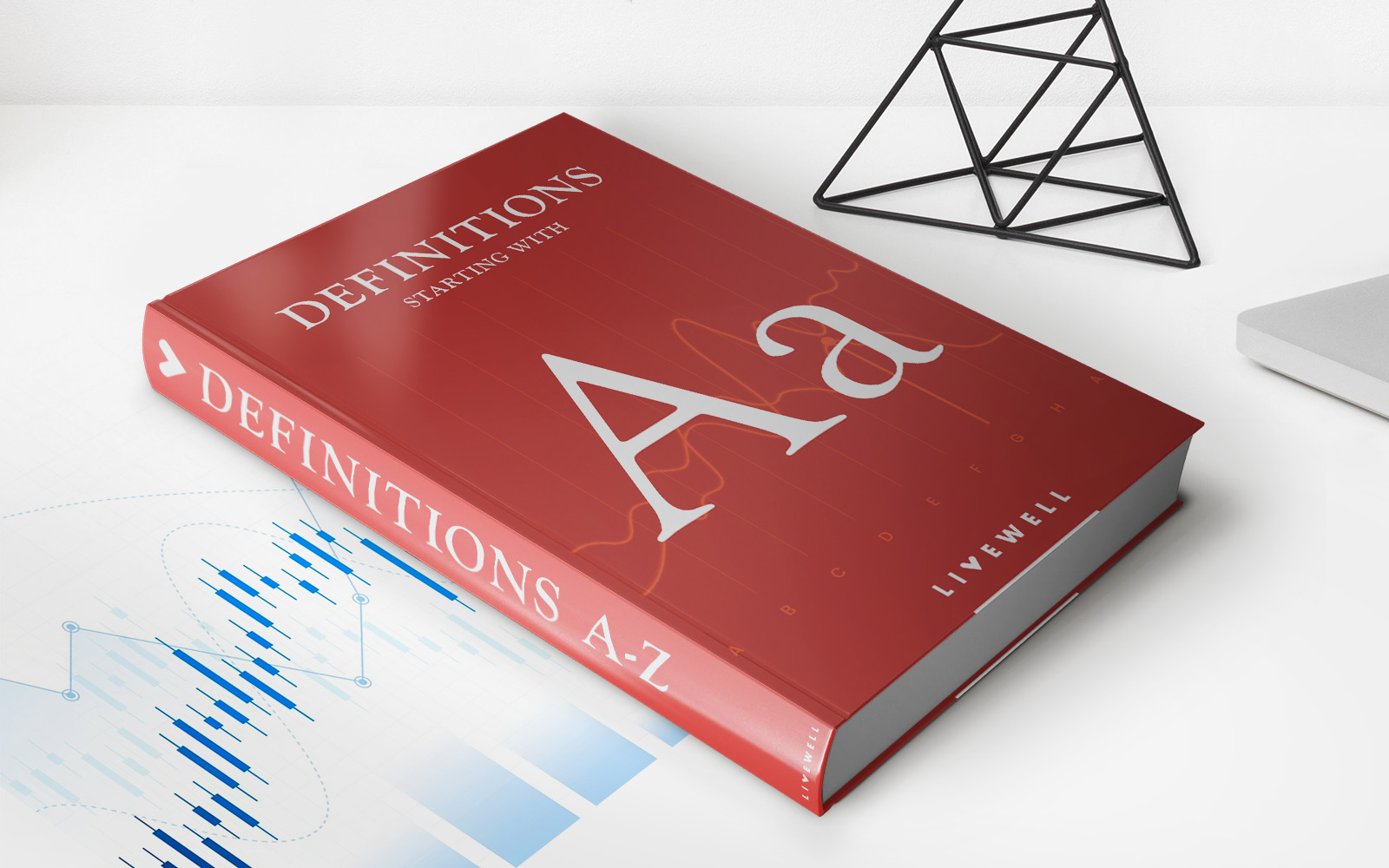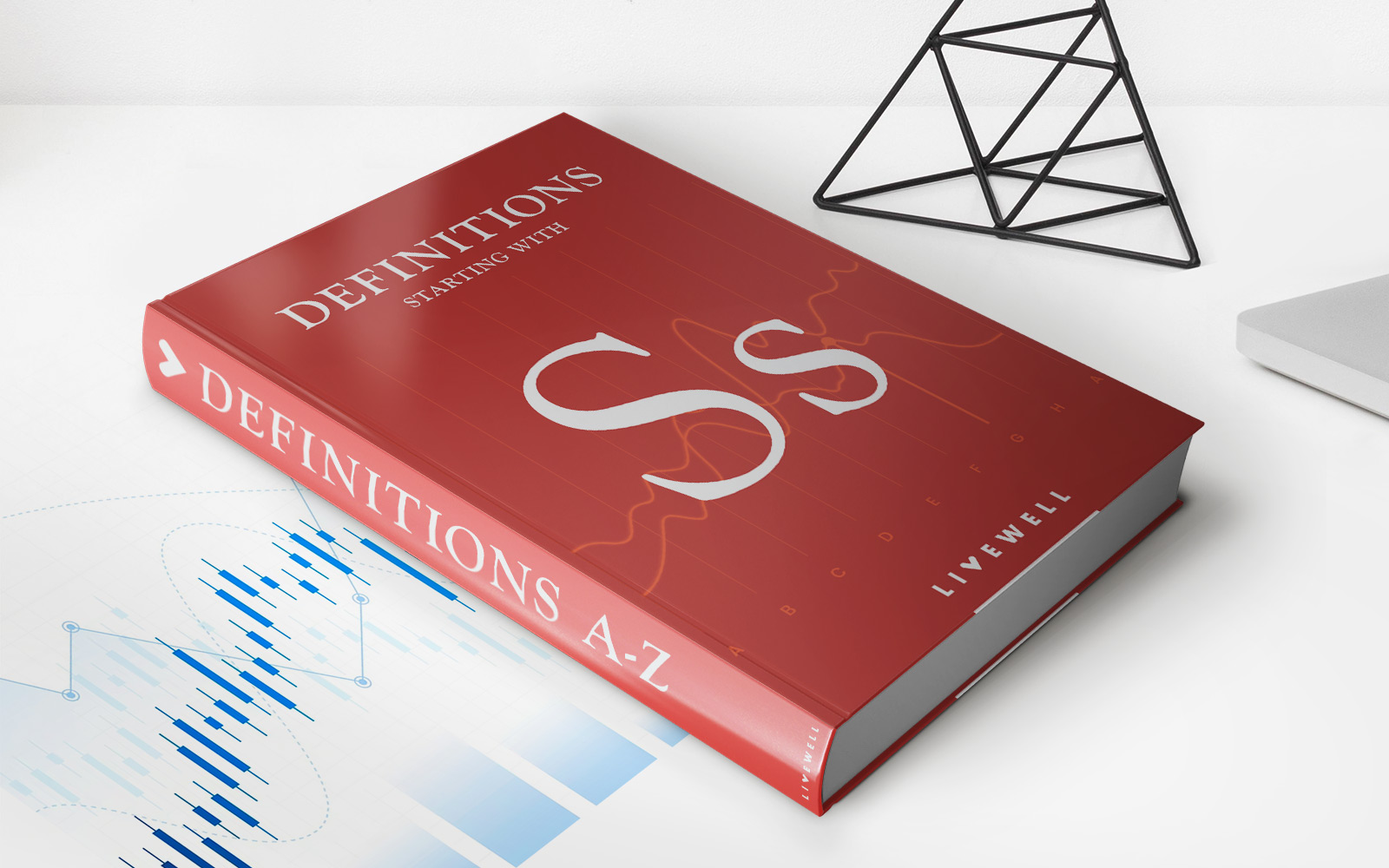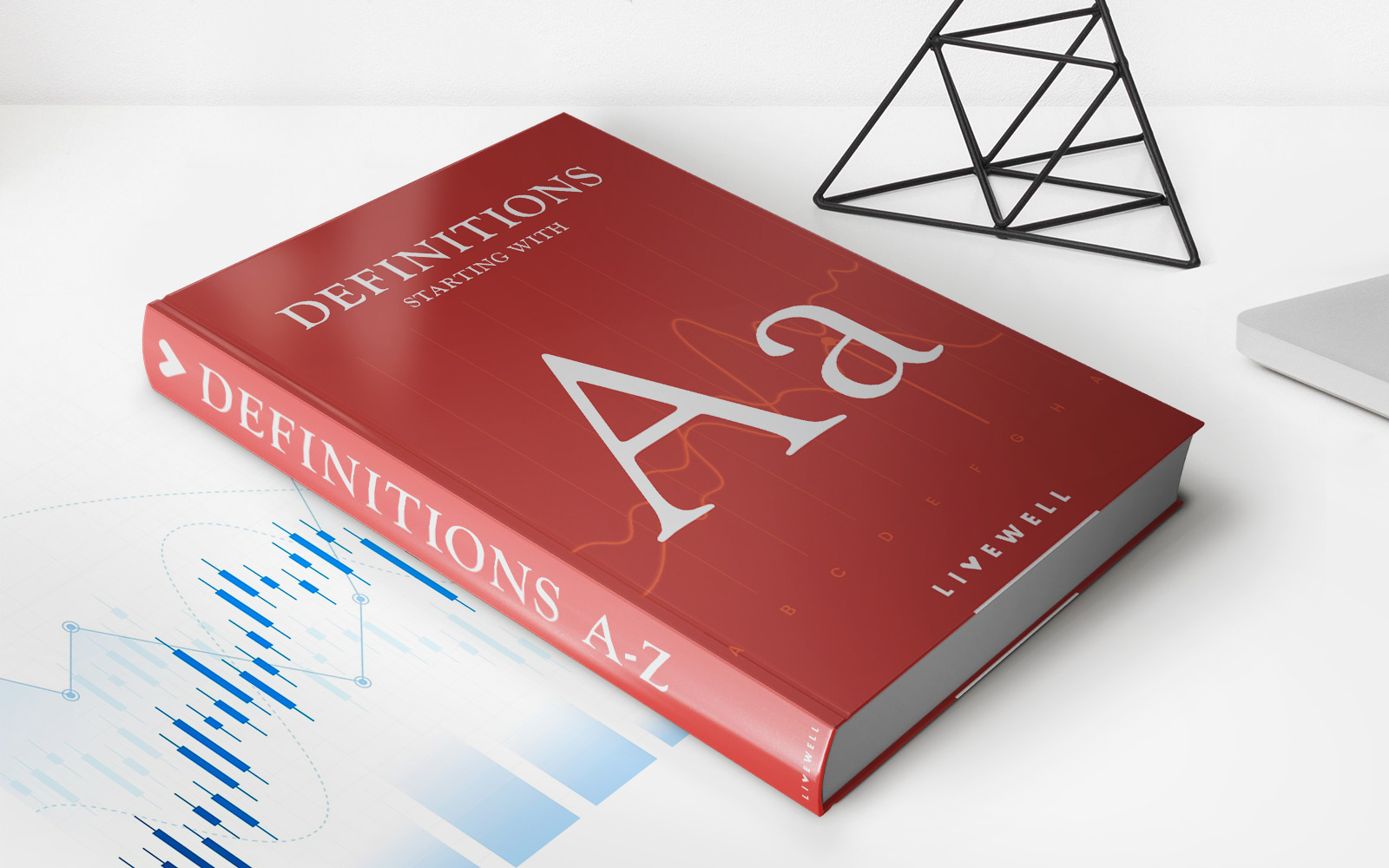Home>Finance>What Is The TED Spread? Definition, How It’s Used And Calculation
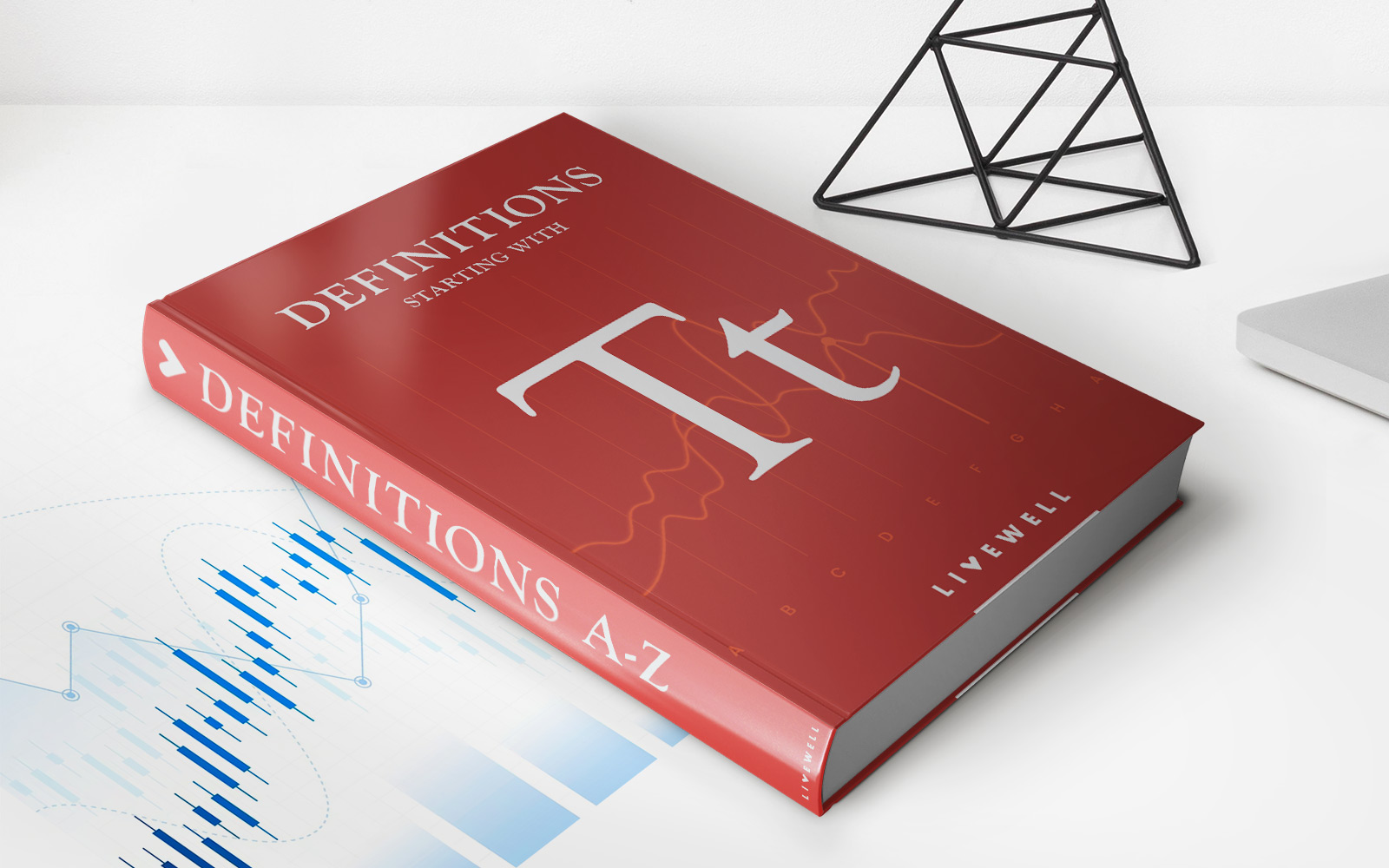

Finance
What Is The TED Spread? Definition, How It’s Used And Calculation
Published: February 7, 2024
Learn the definition, usage, and calculation of the TED Spread in finance. Understand how this indicator can help assess market stability and financial risk.
(Many of the links in this article redirect to a specific reviewed product. Your purchase of these products through affiliate links helps to generate commission for LiveWell, at no extra cost. Learn more)
Understanding the TED Spread: A Key Indicator in Financial Markets
When it comes to analyzing the financial markets, there are various indicators that experts use to gauge economic health and predict market trends. One such indicator is the TED spread. If you’ve never heard of the term before, fear not! In this article, we will discuss the definition, how it’s used, and the calculation of the TED spread.
Key Takeaways:
- The TED spread is a measure of perceived credit risk in the financial markets.
- It is calculated by subtracting the yield on three-month U.S. Treasury bills from the three-month LIBOR.
Now, let’s dive deeper into the world of the TED spread and understand why it’s such an important tool for financial analysts.
What is the TED Spread?
The TED spread is a financial metric that serves as a barometer for measuring the level of credit risk in the market. It represents the difference between the interest rate on three-month U.S. Treasury bills and the three-month LIBOR (London Interbank Offered Rate).
Essentially, the TED spread acts as an indicator of how willing banks are to lend money to one another. When the spread is low, it indicates a lower credit risk and a higher level of confidence in the market. Conversely, when the spread widens, it signals increased credit risk and market uncertainty.
How is the TED Spread Used?
Financial institutions, economists, and investors closely monitor the TED spread as it provides valuable insights into market conditions and the overall health of the financial system. Here are a few key ways in which the TED spread is used:
- Assessing Market Confidence: A widening TED spread suggests that banks are becoming more wary of lending to one another, which can be an early warning sign of financial distress.
- Predicting Market Volatility: An increase in the TED spread often precedes periods of heightened market volatility, as it reflects a higher level of uncertainty and risk aversion among market participants.
- Informing Investment Decisions: Investors can use the TED spread in conjunction with other indicators to make informed investment decisions. For example, a widening TED spread may suggest a defensive investment strategy.
How is the TED Spread Calculated?
The calculation of the TED spread is relatively straightforward. It involves subtracting the yield on three-month U.S. Treasury bills from the three-month LIBOR. The formula is as follows:
TED Spread = Three-Month LIBOR – Three-Month U.S. Treasury Bill Yield
By subtracting the U.S. Treasury bill yield from the LIBOR rate, the resulting number represents the premium investors demand for lending money to banks instead of the U.S. government.
In Conclusion
The TED spread is a vital metric that offers valuable insights into the overall health of the financial markets. By monitoring the spread, analysts can gauge investor confidence, predict market volatility, and make informed investment decisions. Understanding and interpreting the TED spread can help individuals navigate the ever-changing world of finance with greater insight and confidence.


